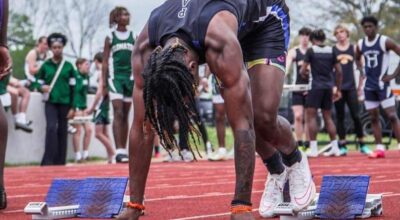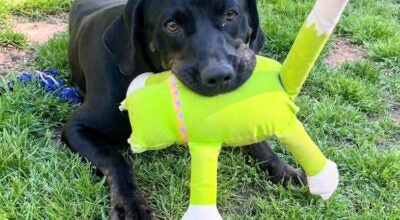Experts offer tips on 911 calls
Published 3:33 pm Tuesday, October 2, 2012
Location, location, location.
When it comes to an emergency situation and making the 911 phone call, Butler County E911 Director Sharon Robinson said giving a location is among the most important things a caller can do.
“We have had calls where you can only get a location, but if you get a location, we are automatically going to send law enforcement and an ambulance if they can’t tell you what’s wrong,” Robinson said. “That’s usually the first question we ask is, ‘Where is your emergency?’”
Anytime anyone calls with an emergency, E911 telecommunicators always ask the four “W’s” – where, what, when and who.
“We’re trained as a telecommunicator to take control over the call,” Robinson said.
If there has been an accident, telecommunicators will ask those calling to check on other passengers in the other vehicle.
According to Butler County Sheriff Kenny Harden, the Sheriff’s Office does not technically work accidents. However, if there is an injury or a road blockage, an officer from the Sheriff’s Office will respond.
“The Sheriff’s Office does not work wrecks, but if 911 gives us a call where injuries are involved or there is a road blockage, then they notify us and we respond to them until the (Alabama State) Trooper gets there because troopers work the wrecks,” Harden said.
Robinson said children have a tendency to be the best callers in emergency situations, because they are willing to say anything.
Adults, however, sometimes leave out important information on purpose, because it might be too embarrassing or private, Robinson said.
“With 90 percent of your callers, you are able to get them to calm down to get the necessary information to dispatch calls,” Robinson said. “If you get on that first-name basis with your callers, especially suicidal callers, they begin to trust you and they give you more information as you ask them.”
Giving more information can not only help medical personnel responding to the scene but also law enforcement officers to find the suspect involved.
“(Telecommunicators) will ask a lot of questions like who the suspect is, how is he dressed, is he still on the scene, does he have a gun or weapon, and all that information you can give us, we can pass that on to the law enforcement that is responding and it gives them a better idea of what they’re going in to,” Harden said. “If you can give us a vicinity or something that we can look for hat helps us a lot. If we lose contact, we know where to come to.”





